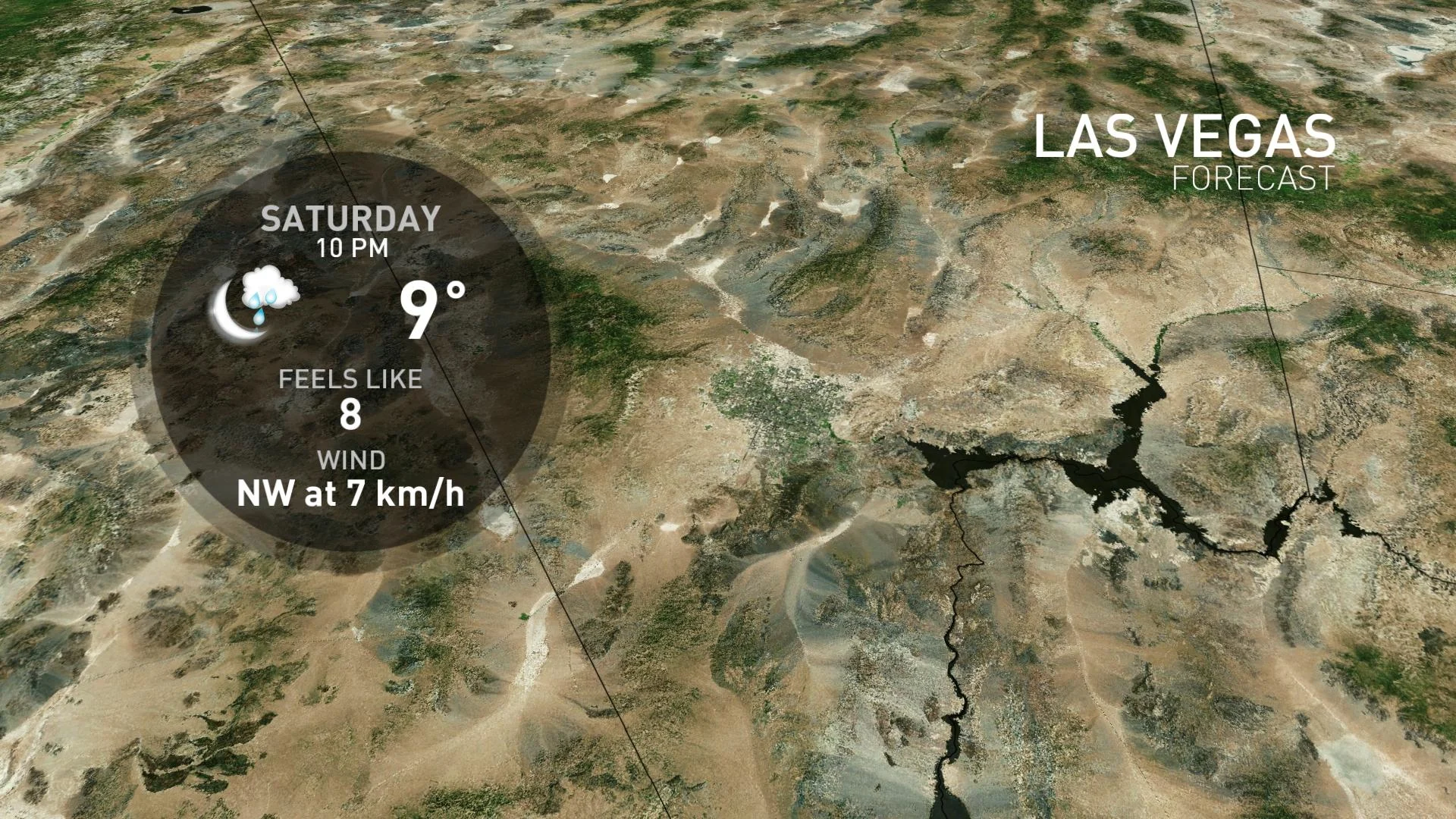
Desert chill may challenge Canada for coldest-ever Formula 1 race
Montreal played host to the chilliest Formula 1 race on record. That title is up for grabs next weekend in—of all places!—Las Vegas
Next weekend, Las Vegas will play host to the penultimate Grand Prix of the current Formula 1 racing season. Drivers will descend on a dark Nevada desert for a chance to take the checkered flag.
There’s only one problem—it’s going to be pretty chilly in Las Vegas next Saturday.
DON’T MISS: Heat, hurricanes, haboobs—deserts are a hotbed of extreme weather
Las Vegas could bring the season’s chilliest Grand Prix
Most of this year’s Grands Prix took place in hot weather. Races in Bahrain, the United Arab Emirates, Saudi Arabia, Qatar, and even Miami all exposed the vehicles and their drivers to sultry temperatures and even hotter track conditions.
And then there’s Las Vegas.
It’s a water-chugging oasis in the midst of an arid landscape where the average daytime temperature hovers around 40°C for three months of the year. But for as hot as Las Vegas gets beneath the searing daytime sun, it also gets really chilly at night.

Ask anyone who’s been to Las Vegas during the warmer months and they’ll tell you that the desert gets uncomfortably nippy at night, even if daytime temperatures soared high enough to fry an egg.
Desert communities like Las Vegas often experience huge temperature swings between day and night, a phenomenon that usually boils down to clear skies and lack of humidity.
Water has a high heat capacity, so muggy air stays warmer than air with low humidity. A typical lack of clouds helps with radiational cooling at night, allowing temperatures to fall in a hurry after sunset. If you have neither humidity nor clouds, temperatures can skyrocket during the day and plummet just as hard by night.
Drivers have to stay aware of the weather
The upcoming Grand Prix in Las Vegas will take place at 10:00 p.m. local time on Saturday, November 18. Average temperatures for that late-night race will register in the upper single digits, easily making it the chilliest race of the 2023 season—if not one of the coldest races on record.
Formula 1 vehicles are fine-tuned machines. It takes a delicate balance of power and strength to reach speeds of more than 300 km/h for long stretches. Those intense trials are brutal on tires, which pit crews have to change multiple times over the course of a single race.
MUST SEE: Canada’s cold air brings Mexico some of Earth’s most violent winds

Every Canadian knows that tires are sensitive to temperature swings. Cold temperatures compress the air and lead to lower tire pressure. Underinflated tires are dangerous just heading down to the grocery store, let alone tearing around a circuit at the same speed of a passenger jet on takeoff.
Racing at those speeds during chilly temperatures could turn an ordinary race into a dangerous ordeal for the drivers. Fortunately, the teams and their supporting crews have taken this temperature dip into account.
“The tire companies have done some work to make sure the tires can cope with that,” said former Formula 1 managing director Ross Brawn in a recent interview with PlanetF1.com, a British racing publication.
Header image courtesy of Unsplash.










